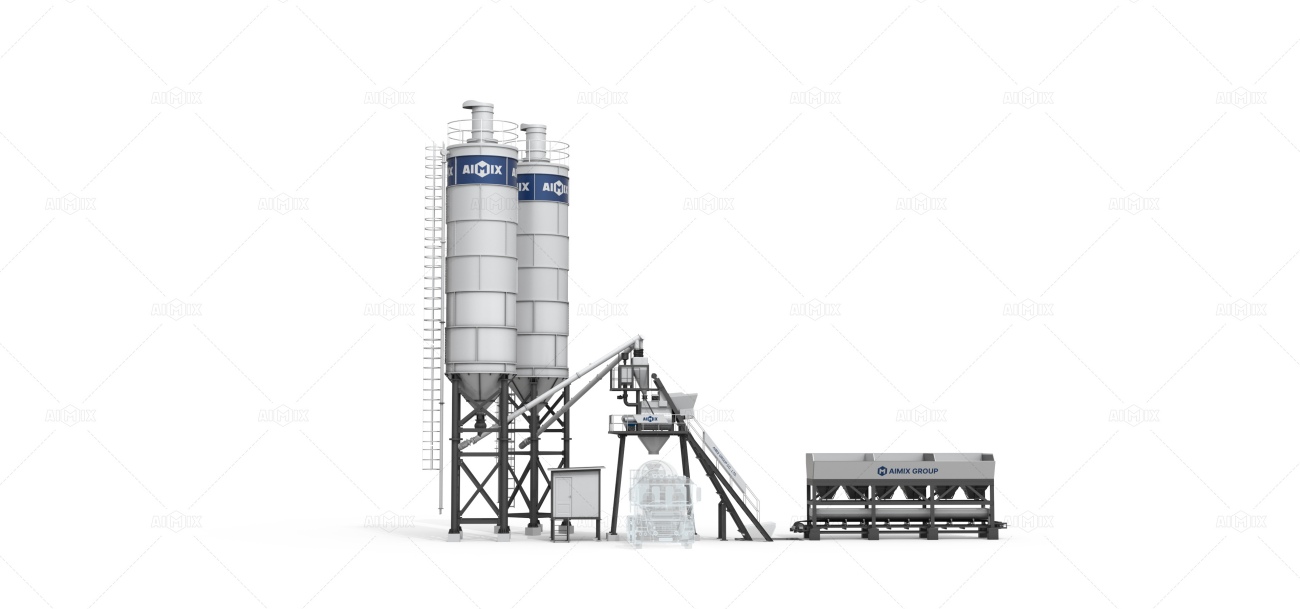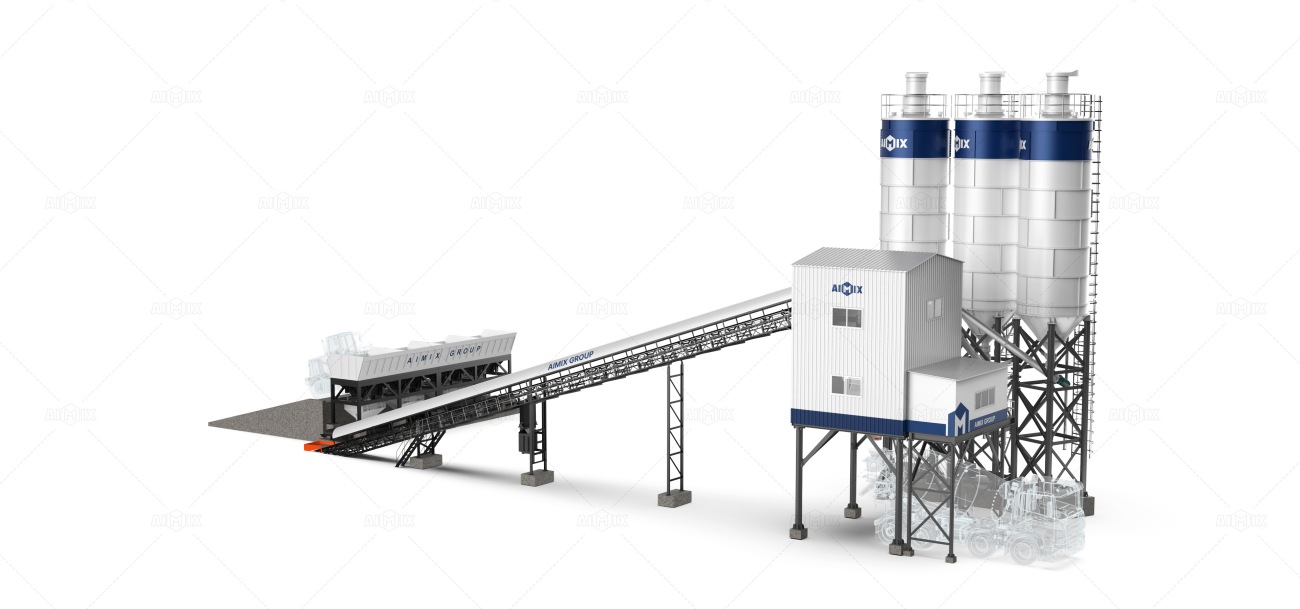As the global construction industry increasingly embraces sustainability, the role of concrete production technology in reducing environmental impact becomes critical. Among various types of concrete plants, stationary concrete batching plants stand out as powerful enablers of sustainable construction practices. These fixed-location facilities, designed for high-volume and high-quality concrete production, offer numerous advantages that help contractors and developers meet today’s stringent environmental standards.
In this article, we’ll explore how stationary concrete batching plants contribute to greener construction by reducing waste, optimizing resource use, lowering emissions, and supporting eco-friendly materials.

A stationary concrete batching plant is a permanent or semi-permanent facility used to produce large quantities of concrete. It consists of various integrated systems, including aggregate storage, cement silos, mixers, water tanks, control systems, and sometimes admixture dosing units. Unlike mobile plants, stationary plants are typically installed at or near a construction site or materials hub, where they provide continuous, reliable concrete production.
Their stable infrastructure allows for advanced automation, quality control, and process optimization — all crucial for sustainable operations.
One of the fundamental ways stationary batching plants support sustainability is through precise control over the batching process. Modern plants employ computerized weighing systems and automated mixers that ensure raw materials—cement, aggregates, water, and additives—are measured to exact specifications.
This level of accuracy leads to:
Together, these efficiencies translate to lower resource consumption and reduced environmental footprint.
Construction waste, particularly from excess concrete, is a major environmental concern. Stationary batching plants help reduce this waste by enabling on-demand, just-in-time production that matches project schedules closely.
Compared to manual mixing or off-site ready-mix concrete delivery, having a batching plant on-site or nearby means:
In some cases, stationary plants incorporate systems to recycle wash water and return leftover aggregates into the production cycle, further minimizing waste.
Sustainability increasingly relies on reducing the use of virgin materials and incorporating supplementary cementitious materials (SCMs) and recycled aggregates into concrete mixes. Stationary concrete batching plants are well-equipped to handle such innovations:
Stationary plants’ flexible and automated dosing systems ensure these materials are blended consistently and efficiently.

Stationary concrete batching plants are often designed with built-in pollution control equipment to limit dust, noise, and emissions:
These features help batching plants comply with environmental regulations and reduce their impact on workers and surrounding communities.
Sustainability in construction is not just about reducing waste or emissions—it also means building durable, long-lasting structures that minimize future repair or replacement. Stationary concrete batching plants provide consistent quality control through automation and continuous monitoring, ensuring concrete meets exact specifications every time.
High-quality concrete with proper mix design leads to:
Thus, stationary plants contribute to sustainability by supporting resilient construction.
Modern stationary batching plants increasingly utilize digital technologies and Internet of Things (IoT) integration, which enhance sustainable operations by:
These smart systems help plants operate more efficiently, reduce resource consumption, and minimize downtime, contributing to overall sustainability.
Because stationary concrete batching plants are designed for high-volume production, they are ideal for large infrastructure projects with sustainability goals, such as:
By providing reliable, consistent, and eco-friendly concrete supply, stationary plants help these projects meet their environmental commitments.

Stationary concrete batching plants play a vital role in advancing sustainable construction practices. Their precision, efficiency, pollution control, and support for green materials make them indispensable for contractors seeking to reduce environmental impact while maintaining high-quality concrete production.
As technology advances, these plants will become even smarter and greener, enabling the construction industry to build a more sustainable future—one batch at a time. For developers and contractors committed to eco-friendly building, investing in or partnering with stationary batching plants is a strategic step toward responsible, sustainable construction.